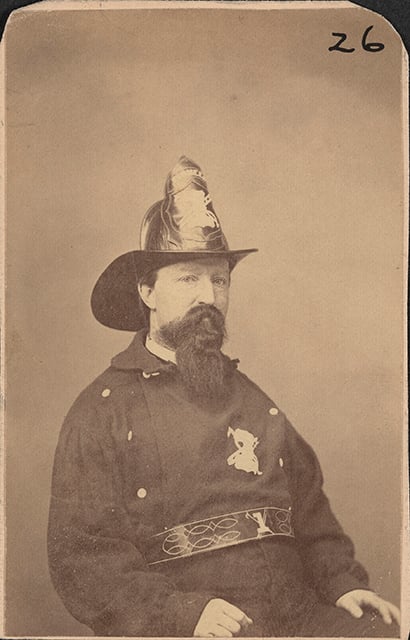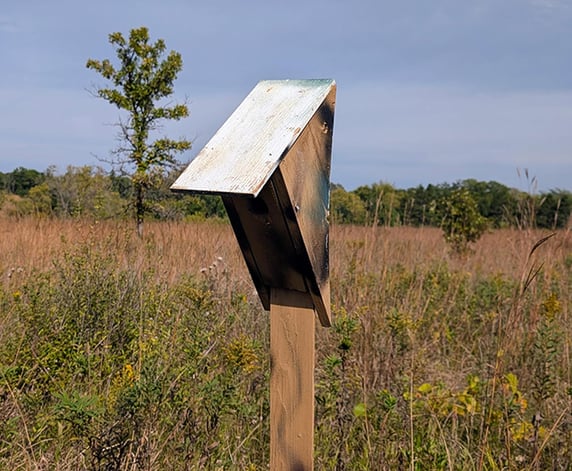Advanced Search
Fewer Search Options
Topics
African Americans
Agriculture
Architecture
Arts
Business and Industry
Cities and Towns
Crime and Punishment
Education
Environment
Health and Medicine
Immigration
Labor
Native Americans
Politics
Religion and Belief
Science and Technology
Sports and Recreation
Transportation
War and Conflict
Women
Category
Event
Group
Person
Place
Structure
Thing
Era
Before European Contact: Pre-1585
Civil War and Reconstruction: 1850-1877
Colonization: 1585-1763
Development of Industrial United States: 1870-1920
Expansion and Reform: 1792-1861
Great Depression and World War II: 1920-1945
Post-World War II United States: 1945-1989
Revolution and a New Nation: 1754-1800
United States in a New Global Age: 1980-Present
MNopedia
Strutwear Knitting Company Strike
The longest of three major labor disputes in Minneapolis between 1935 and 1936

Hungry Mind (bookstore)
A tiny St. Paul bookshop that grew into a regional favorite with a national reach
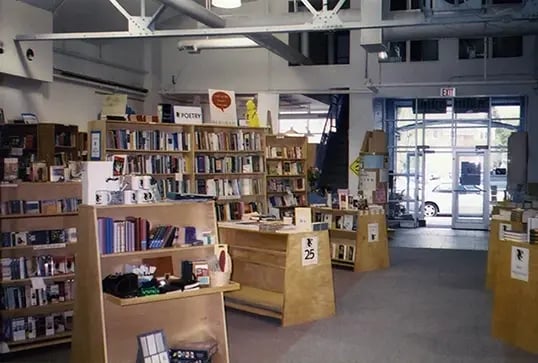
Bohemian Flats
A resilient immigrant community in Minneapolis that outlasted floods and disease
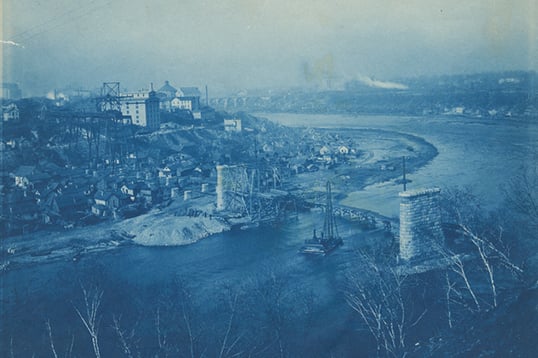
Jun Fujita Cabin, Rainy Lake
The North Woods hideaway of an internationally renowned photographer
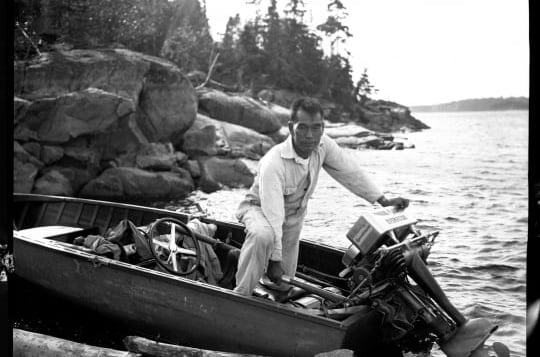
Raymond, Leona Evelyn (1908–1998)
A sculptor who got her start in the WPA Federal Art Project
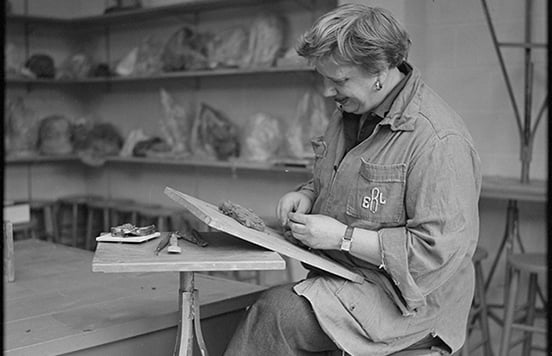
St. Peter and St. Paul Russian Orthodox Church, Bramble
A sanctuary for Russian immigrants in Koochiching County
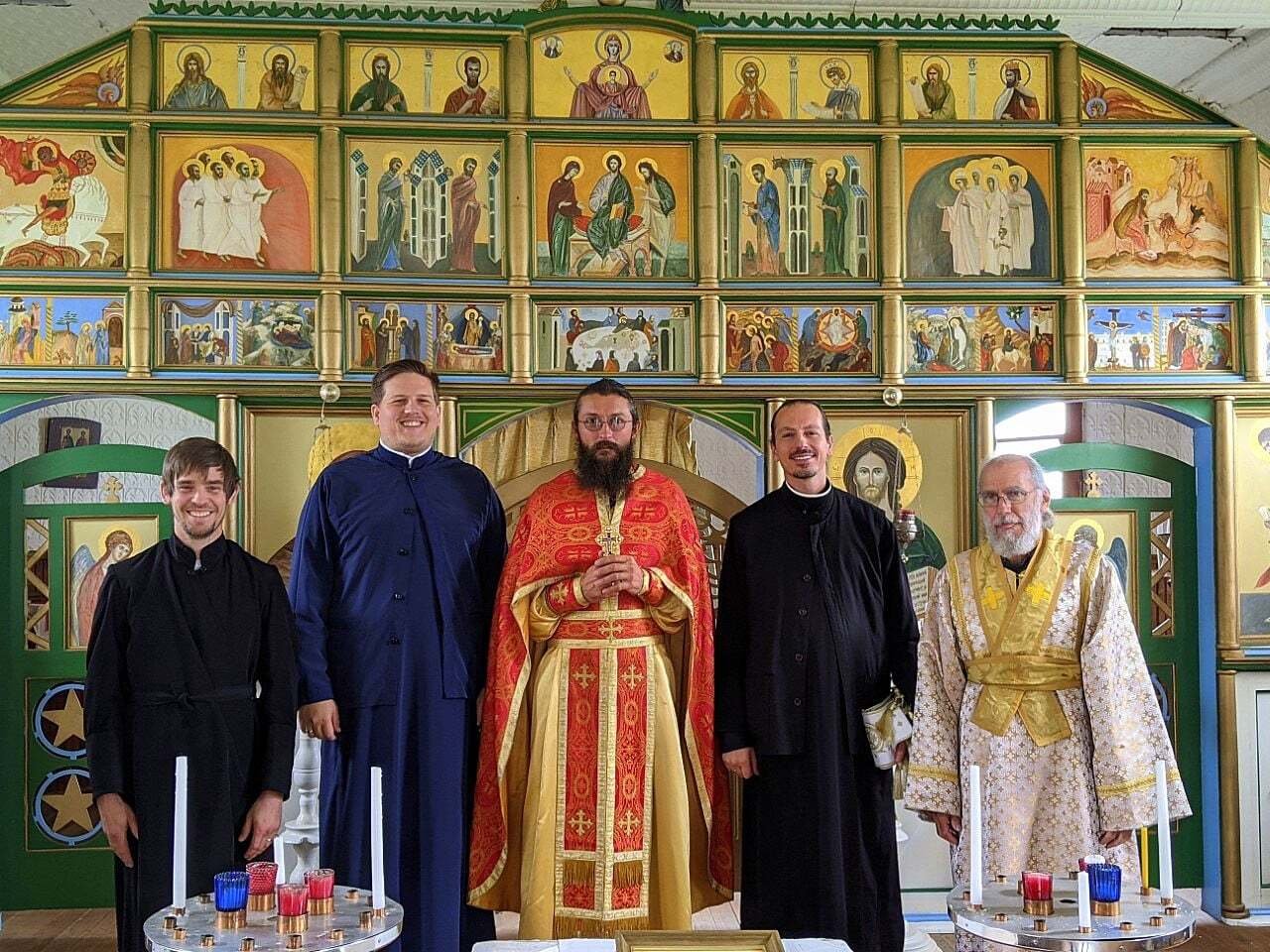
1975 Minneapolis Non-Discrimination Ordinance
Civil rights protection that was the first of its kind in the US
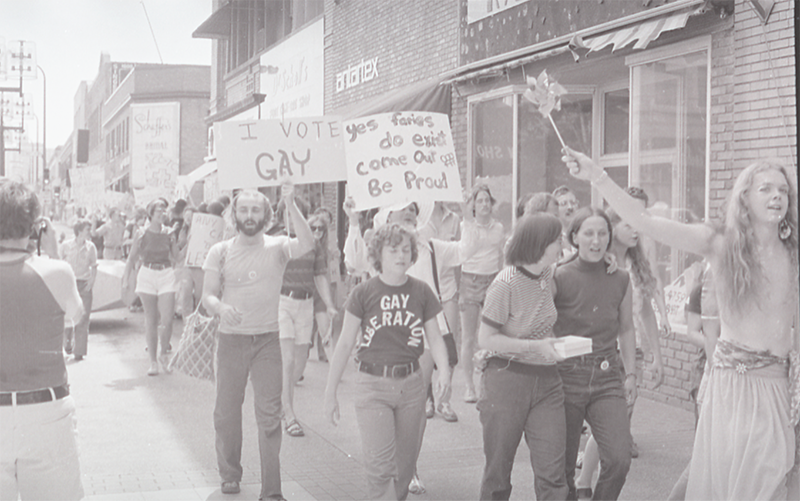
Flooding of the Red River, 1997
The eighth-costliest flood in US history
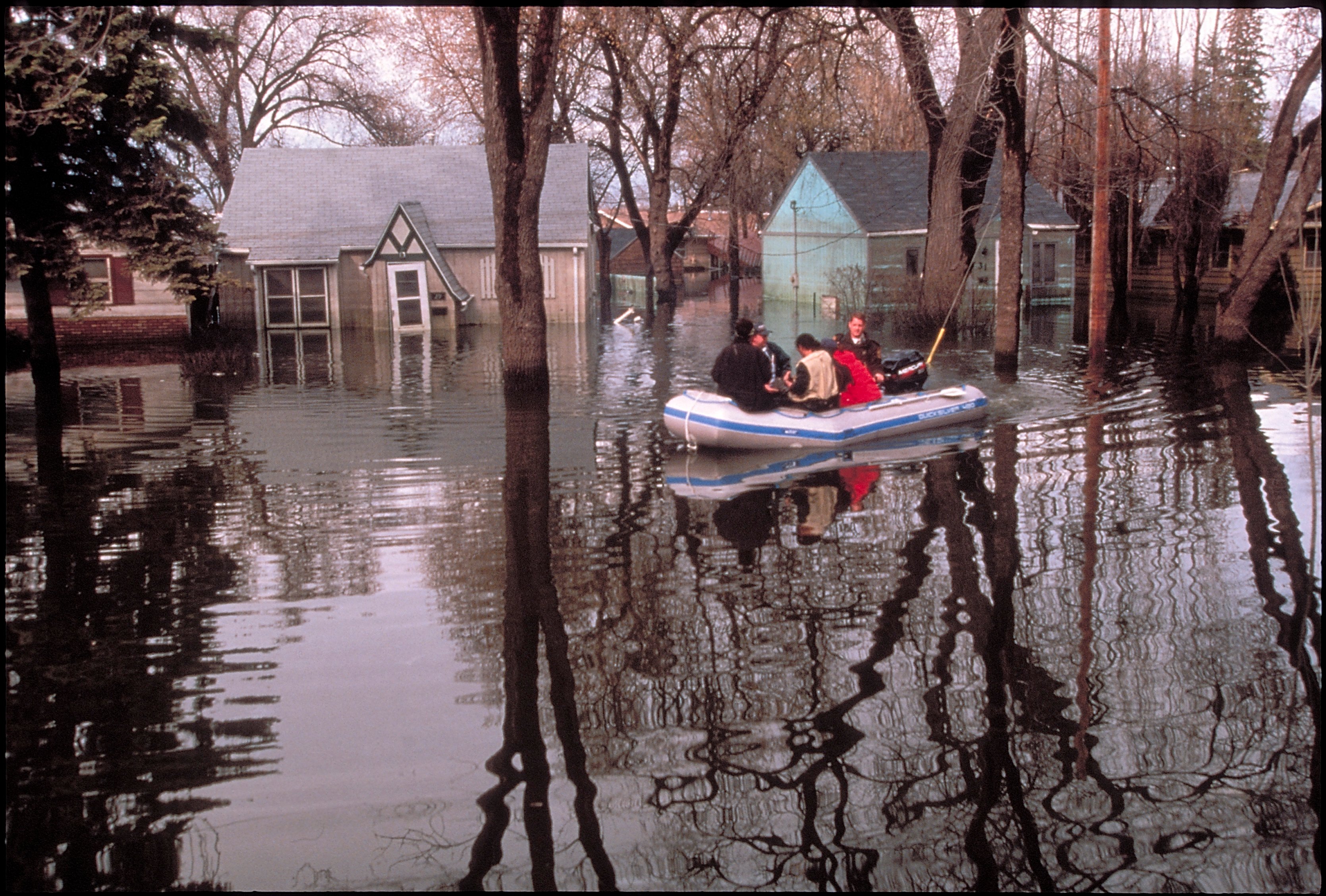
Recently Added Articles
Creator: Caroline Life
First Published: October 24, 2025
After he moved to Minnesota at the age of twenty-six, Jacob Henry Stewart accumulated many titles: doctor, mayor, postmaster, state senator, state surgeon general, US congressman, and state ...
Creator: Marjorie Savage
First Published: October 15, 2025
The Eastern bluebird, indigenous to North and Central America, is said to have once been as common as the American robin. A population decline starting in the early twentieth century ...
Spotlight On Music
This Day in Minnesota History (October 24)
1871
A railroad line reaches Breckenridge in the Red River valley.
1988
Duluth mayor John Fedo goes on trial, charged with accepting a bribe and misusing city money. He was later acquitted.
History Near You
Choose a location on the map to see history near you.

